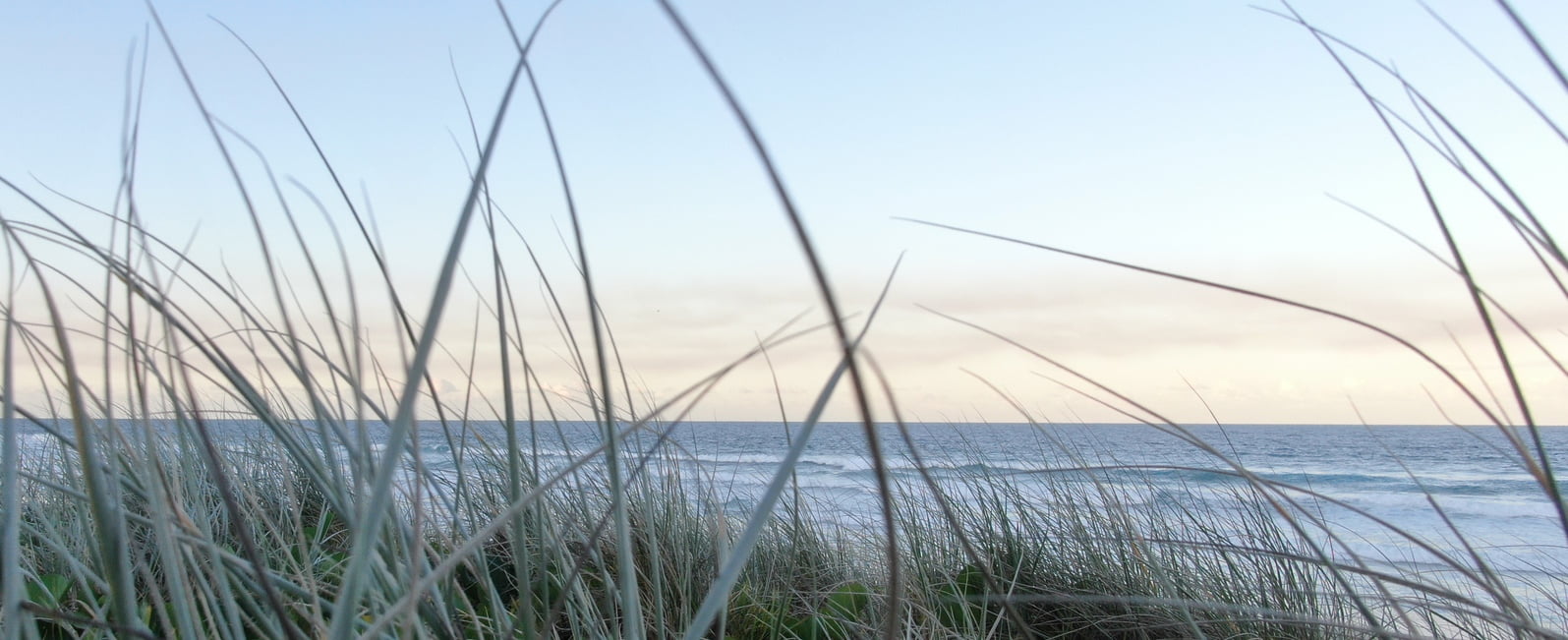
Pythons (particularly the Amethystine Morelia amethistina) are well equipped with facial heat-receptor pits. They hunt nocturnally and are able to detect minute temperature changes from direct absorption of optical radiation through the thin pit organ membrane.
Birds are conspicuously exothermic targets at night. They roost strategically along vegetation that requires thoroughfare of heat-seeking snakes to ensure forewarning through vibration.
Nesting, however, is another matter. Some bird species, including the Spectacled Monarch Monarcha trivirgatus build nests on isolated under-storey shrubs with a cup-design that conceals the greatest portion of the heat signature. Nesting is also timed to coincide with high ambient temperatures to lessen the contrast.
The challenge of successful nesting is also dependent upon the onslaught of the heavy wet season. A couple of clients last year informed me that their indigenous guide at Mossman Gorge had forecast the beginning of the wet in three weeks time, as the birds had just started nesting. I agreed that the nesting was only one night old, but as it turned out, the wet arrived that night and the birds had an unsuccessful nesting.


 Jennifer Marohasy BSc PhD is a critical thinker with expertise in the scientific method.
Jennifer Marohasy BSc PhD is a critical thinker with expertise in the scientific method.

Fascinating info Neil. Those eggs look like the candy-covered ones you get at Easter. I have often wondered about the change-overs between nocturnal and diurnal species. Possums, snakes and nocturnal birds who have had their sleep disturbed in daylight hours by caroling magpies and squabbling noisy miners get the chance to wreak their own havoc once the sun sets. Unless, of course, it is a koel, then no one sleeps day or night!
It’s interesting to note that birds body temperatures are slightly higher than mammals,it’s about 40 degrees C.